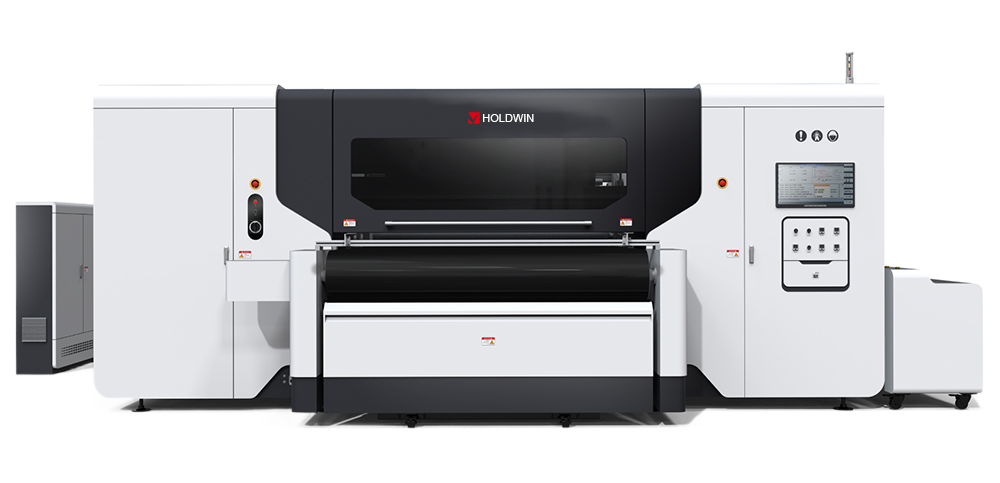
Introduction
In recent years, digital printing has evolved beyond traditional uses in fashion and advertising, finding a strong foothold in the medical sector. As the healthcare industry continues to embrace cutting-edge technologies to improve patient care, digital printing on textiles has emerged as an essential tool. From creating custom medical uniforms to producing advanced, high-performance materials for medical devices, digital printing offers unparalleled advantages. This article explores how digital printing technologies are transforming the medical field, highlighting the role of innovations like sublimation transfer, heat transfer, and UV printing, and how companies like HOLDWIN are leading the charge with personalized solutions for global markets.
Digital printing has carved out a unique niche within the medical field, particularly in the production of medical textiles. Whether it’s for patient gowns, bed linens, or even specialized fabrics for medical devices, digital printing offers a versatile, cost-effective, and efficient solution for textile manufacturers.
Traditional methods of textile printing, such as screen printing, can be slow and expensive, especially when producing small batches or custom designs. Digital printing, on the other hand, allows for faster production times and greater flexibility. The ability to print detailed, multi-color designs directly onto fabric not only streamlines the manufacturing process but also improves product quality.

Several digital printing technologies are making significant strides in the medical field. Each offers unique benefits tailored to specific needs.
Digital printing is not limited to just uniforms and gowns; it has expanded into various medical applications where precision, customization, and durability are crucial.

HOLDWIN, a leading innovator in the field of digital printing, has a unique global perspective on the impact of digital printing technologies in the medical sector. With a strong presence in the textile industry and a commitment to rapid product development, HOLDWIN is at the forefront of offering customized solutions tailored to meet the specific needs of healthcare providers worldwide.
As a company, HOLDWIN understands the importance of delivering high-quality, efficient, and customizable solutions for medical textiles. Our digital printing technologies, including UV DTF, sublimation, and heat transfer, ensure that healthcare providers can access durable, functional, and customizable textiles that meet the strict standards of the medical industry.
We have also recognized the growing demand for sustainable and eco-friendly printing solutions. In response, HOLDWIN is developing innovative technologies that reduce waste and improve energy efficiency, ensuring our products meet both the healthcare sector’s needs and environmental standards.
The digital printing industry is on the brink of a significant transformation, driven by advances in artificial intelligence (AI) and automation. In the medical field, AI technologies are expected to further improve the precision and efficiency of digital printing, enabling faster turnaround times and even more detailed, personalized medical textiles.
Automation will play a key role in scaling production while maintaining quality control. The integration of AI with digital printing machines allows for real-time adjustments to printing processes, ensuring that designs are consistently accurate, and print quality remains high. For medical textiles, this could mean faster production of critical supplies, reducing lead times and helping healthcare providers respond more quickly to demand.
Digital printing is revolutionizing the medical field by offering unprecedented customization, speed, and efficiency in the production of medical textiles. From creating specialized uniforms to producing high-performance materials for medical devices, the benefits of digital printing technologies are clear. As companies like HOLDWIN continue to push the boundaries of innovation, we can expect to see even more breakthroughs in this sector. By embracing the latest in printing technologies, the medical industry can look forward to a future where high-quality, customized textiles play a key role in improving patient care and operational efficiency.
“We’ve been working with HOLDWIN for over two years, and their digital printing solutions have transformed the way we handle our medical textiles. The ability to customize medical uniforms and patient bedding quickly and cost-effectively has been a game-changer for our hospital. The quality is second to none, and the ability to print complex designs with durability in mind has saved us both time and money.”
References

Zhiyu is passionate about good products, good services, and good prices to let consumers know that choosing us is the right choice! For partners and end customers, we will provide one-on-one considerate smart services and provide you with more high-quality procurement solutions.